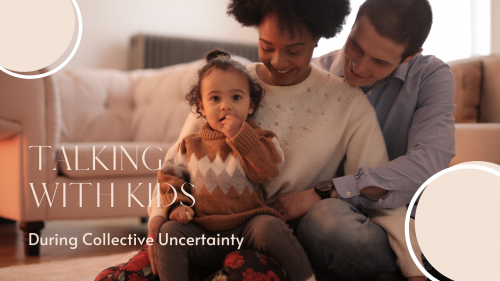
Talking with Kids During Collective Uncertainty
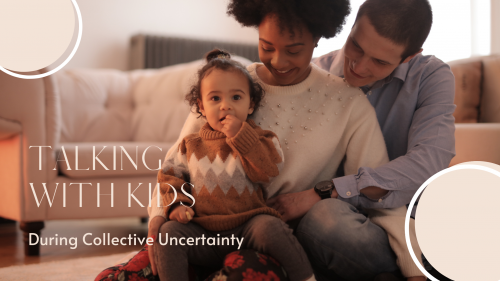 By Holly Schweitzer Dunn, LISW
By Holly Schweitzer Dunn, LISW

 By Holly Schweitzer Dunn, LISW
By Holly Schweitzer Dunn, LISW
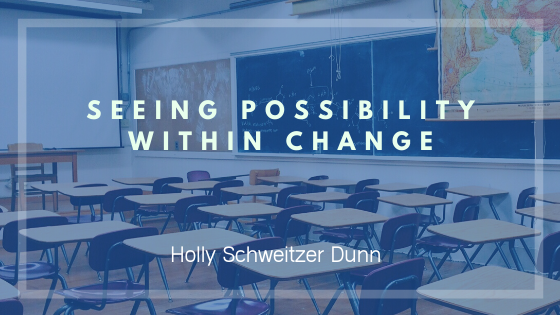
 The meditation for July 16th in my Greg Henry Quinn book 365 Meditations for Teachers is: “Everything in Life is Cyclical.” This axiom provides a warning: if things are going well, prepare yourself. It also provides eternal hope. No matter how bad things are, they must eventually improve.” It’s helpful to keep this in mind as we move further into the summer and closer to a school year that remains yet undefined.
The meditation for July 16th in my Greg Henry Quinn book 365 Meditations for Teachers is: “Everything in Life is Cyclical.” This axiom provides a warning: if things are going well, prepare yourself. It also provides eternal hope. No matter how bad things are, they must eventually improve.” It’s helpful to keep this in mind as we move further into the summer and closer to a school year that remains yet undefined.
Knowing and believing in the inevitability of change can bring us peace. As bad as things seem, they will get better. Really savor how calm things are now. At some point this will shift. Accepting change opens us up to all the possibilities and opportunities change brings.
What happens when we don’t like the opportunities change brings?
 This is where acceptance is crucial. As we have said, to accept something does not necessarily mean you like what is happening. It means you’ve chosen to stop fighting against or running from it, and instead recognize it is here. It is what it is. Acceptance changes you. It does not change the situation.
This is where acceptance is crucial. As we have said, to accept something does not necessarily mean you like what is happening. It means you’ve chosen to stop fighting against or running from it, and instead recognize it is here. It is what it is. Acceptance changes you. It does not change the situation.
Because there are so many unknowns in the world right now, it’s important to focus on what we do know for sure.
Quinn also says this about change: “When a child learns to accept change without fear, he or she then affects change within himself or herself by learning. A teacher [can] be the comfort of continuity from which new and exciting things spring.”
As parents and educators, we are in the position to be the constants for our children. This does not require us to ignore our own fears or try to fake our way through them. Children, as you know, quickly see through that. Even if you aren’t seeing yourself as a wellspring of “comfort of continuity”, your children and students are looking to you. Model to them authenticity, openness to new possibilities, and rolling with the unexpected.
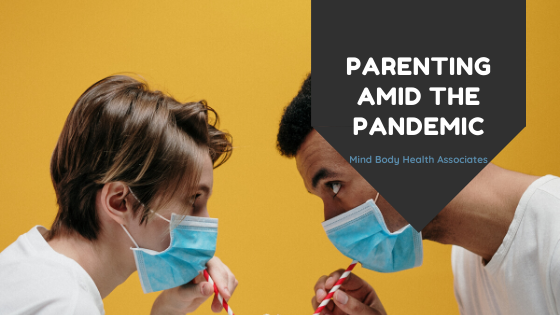

This is a good time to remember one of Holly Schweitzer Dunn’s top three mantras: Parent emotion drives child emotion.
Read more about parenting from the professional wisdom of an article by The Atlantic.
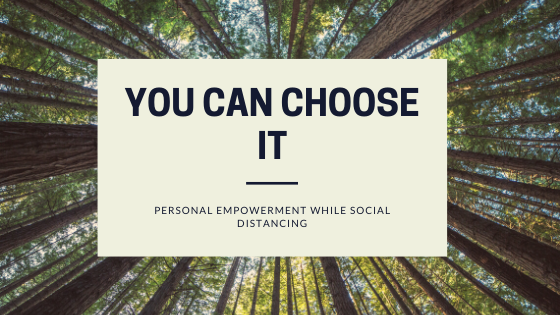

Last week our Governor announced that Ohio would be staying home from all school, play, and non-essential work until at least May 4. Many of our clients came to us with a similar question: How will I survive this for another month?
Therapist Holly Schweitzer Dunn, LISW, suggests we reframe this to view quarantine from an empowerment place rather than experiencing it only as a victim provides freedom and even a sense of autonomy where we once felt powerless. Try on one of these:
By viewing your actions as an empowered individual and keeping in view the larger goal – public health and personal safety – we can feel differently about our living conditions with all their restraints. You still might long for a leisurely trip to the mall or wish you could gather with friends for dinner, but shifting from “I can’t” to “I choose not to at this time” keeps you mentally in the driver’s seat.
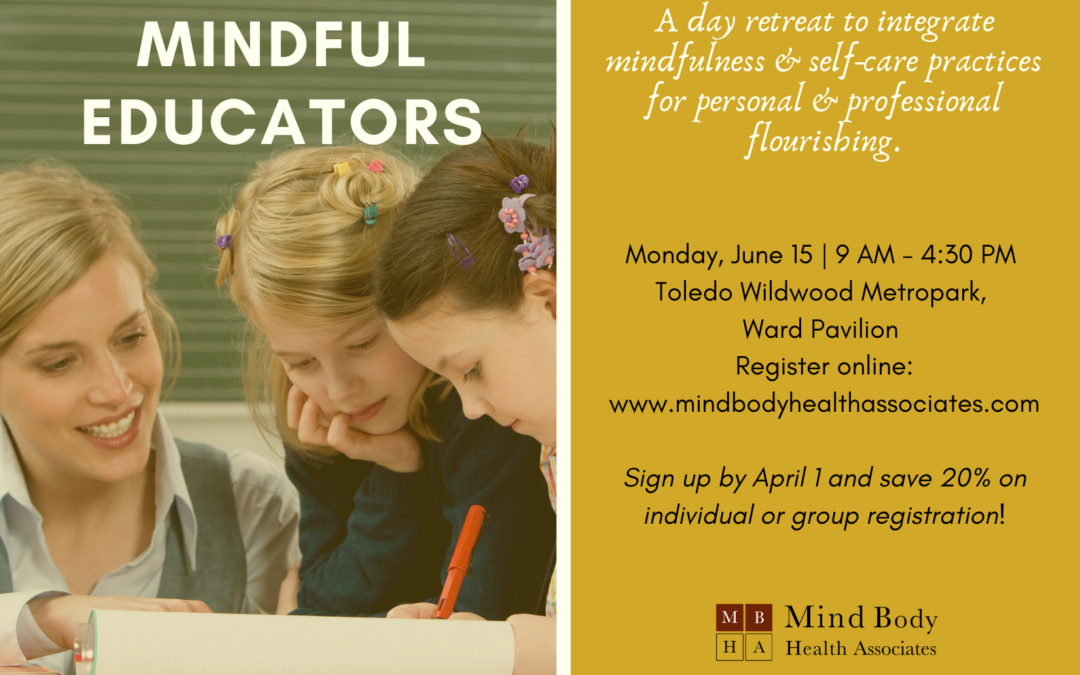
Mindful Educators is a day-long retreat experience designed to help teachers return to the spark of joy that drew them into their profession so they can return to the classroom ready in heart and spirit. We will apply the concepts of mindfulness to your role as educator, providing tools for the mind and body that will help nurture your passion through the stressful challenges of teaching to the souls of our children.
Those who will most benefit from Mindful Educators are those who:
Mindful Educators is led by Holly Schweitzer Dunn, LISW – and facilitator of Mindful Parenting – along with Landon Dunn, LISW, LICDC, of Mind Body Health Associates. Holly, Landon, and the MBHA team have been working with educators for a collective 25+ years to help them learn to manage the stress that comes from the unique role of teacher. They will offer specific interventions and practices for educators to integrate into their lives, both personally and professionally, to help teachers reconnect with the sense of fulfillment of their work.
Allow us to take care of you in the peaceful setting at Toledo’s Wildwood Metropark in the Ward Pavillion. You’ll receive a full day of therapeutic tools and interventions used by our therapists who regularly work with educators. Our approach integrates the body-centered practices with mindfulness to help aid relief from the physical manifestations of embodied stress. You’ll be guided in mindfulness exercises, including nature walks and time for solitude and reflection, along with an opportunity to explore yoga movement and breathwork. There will even be a chance to discuss how these personal practices can be translated into the classroom.
Cost and Registration Information:
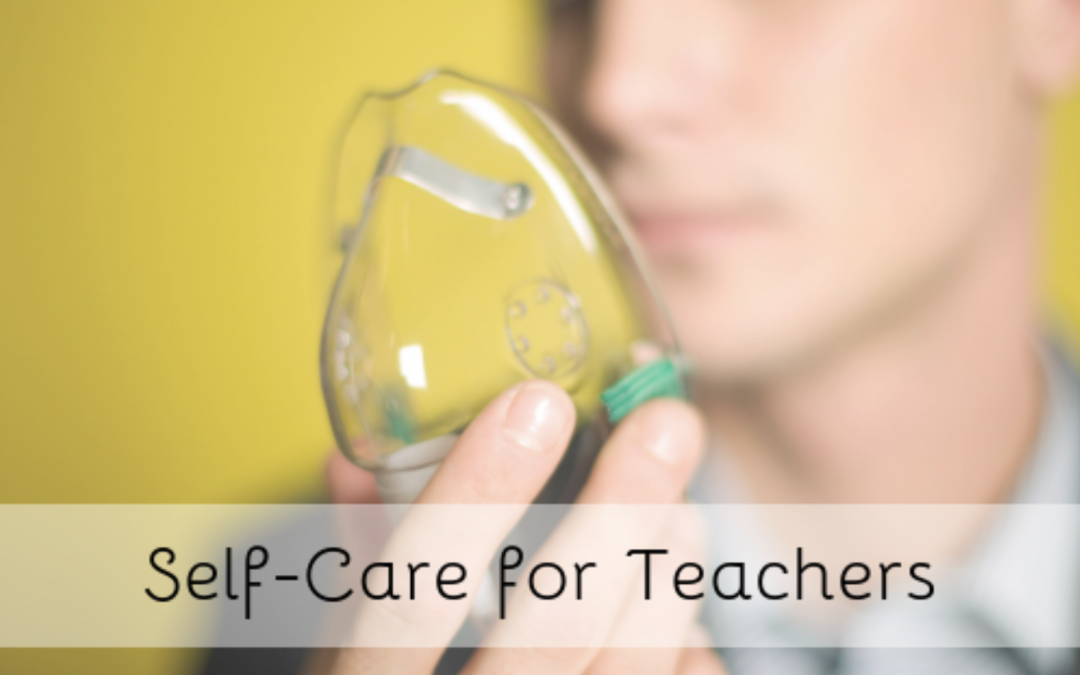
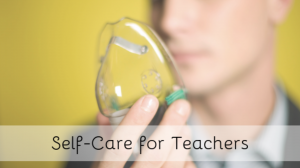 The concept of self-care is catching our collective attention. We’re being admonished to “put the oxygen mask on yourself first” and now we have research to support the claim that self-care helps people manage job-related stress.
The concept of self-care is catching our collective attention. We’re being admonished to “put the oxygen mask on yourself first” and now we have research to support the claim that self-care helps people manage job-related stress.
So what exactly does self-care look like? Is it simply taking more bubble baths and scheduling a spa day? It could be, but self-care reaches beyond pampering, specifically for teachers. When we work with educators in our offices, we hear about the need for something to help in the heat of the moment, keeping the pace of the day with younger and older children alike. Often times, the stress our teachers carry has more to do with the burdens carried by the children they teach than it does the job description they’re trying to fulfill. Especially after many years of experience, our teachers know about delivering content and differentiating instruction. What teachers ask for more often is knowing how to continue to show compassion to children and families when the heartbreak feels unrelenting.
While burnout is an issue for the education industry, the bigger threat is heartbreak. Teachers are seeing more and more students show up in the morning hungry because they’ve not had breakfast, or – even more challenging – children starving for connection. Our educators could go broke with the granola bars and markers they stock. They know how to keep their classrooms supplied with academic tools. A tougher obstacle is helping teachers learn to sleep at night when their hearts are filled with worry about the student whose life outside of school is unsafe.
As Chick Moorman (author of The Spirit Whisperer and Parent Talk) said once to Holly, when you teach to a child’s spirit, you’ve got them, no matter what the subject matter. The best teachers are working from the heart-level. However, opening yourself to the heights of joy that come with heartfulness also renders you vulnerable to the depths of grief that come with the territory.
From our perspective, the core of self-care for the educator lies in keeping the heart both soft and strong. To be good at what we do in helping professions, we need to continue to cultivate compassion, empathy and acceptance. Our practices center around quieting the talk of “not enough” and incorporating moments of gratitude and joy, even in the midst of challenges.
Mindfulness expert John Kabat-Zin teaches about the “acceptance of what is”. When a student comes from a home without running water, it’s hard for a teacher to accept that he cannot change the situation. But the teacher can offer a learning space that helps hold for the student the various stressors and hurts they bring into the classroom. In the same way, a teacher might come to school tired after his own sleepless night. Self acceptance, i.e. “today’s lecture may not be as energetic as last week’s and that’s okay,” may free the teacher to offer what he does have to give rather than focusing on deficits.
When we learn to recognize our limits, specifically as they relate to our roles as educators and helpers, we can acknowledge and celebrate the victories we do experience. When working in a capacity that will never “finish” – the students we teach will never be done learning and developing – it’s easy to overlook opportunities to feel like we’ve done enough. A daily celebration and gratitude practice for the small successes keeps the heart open and strong, ready to return the next day.